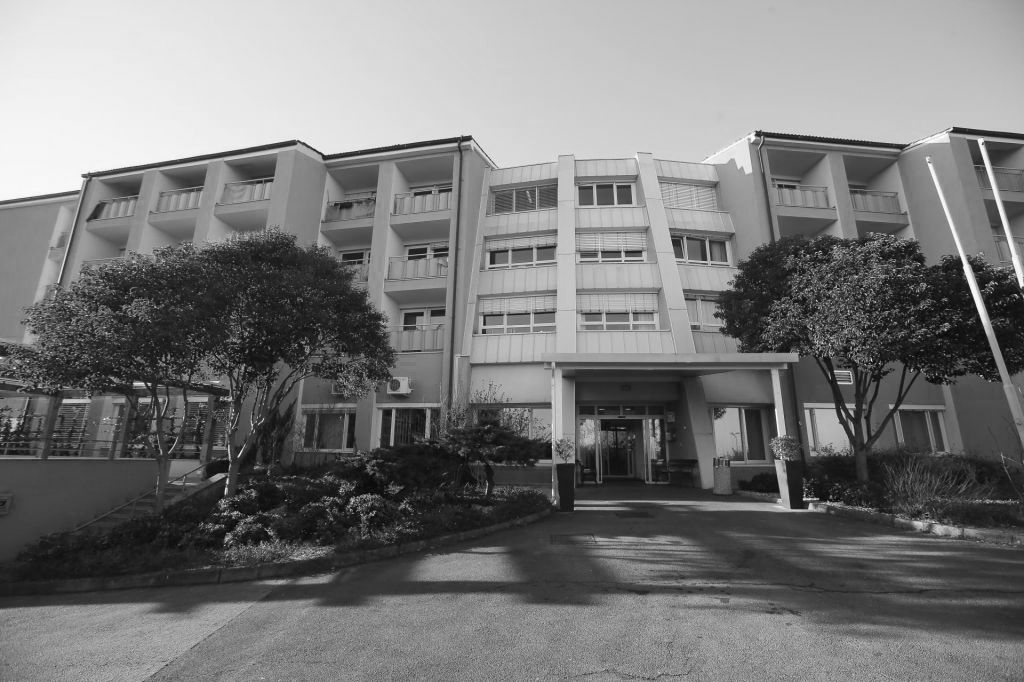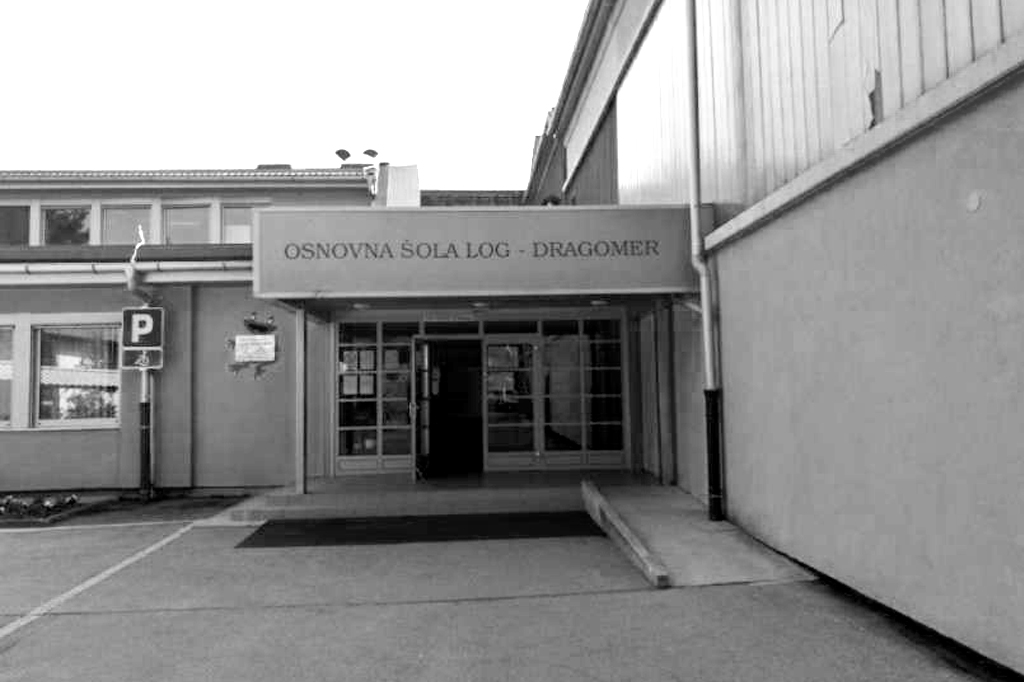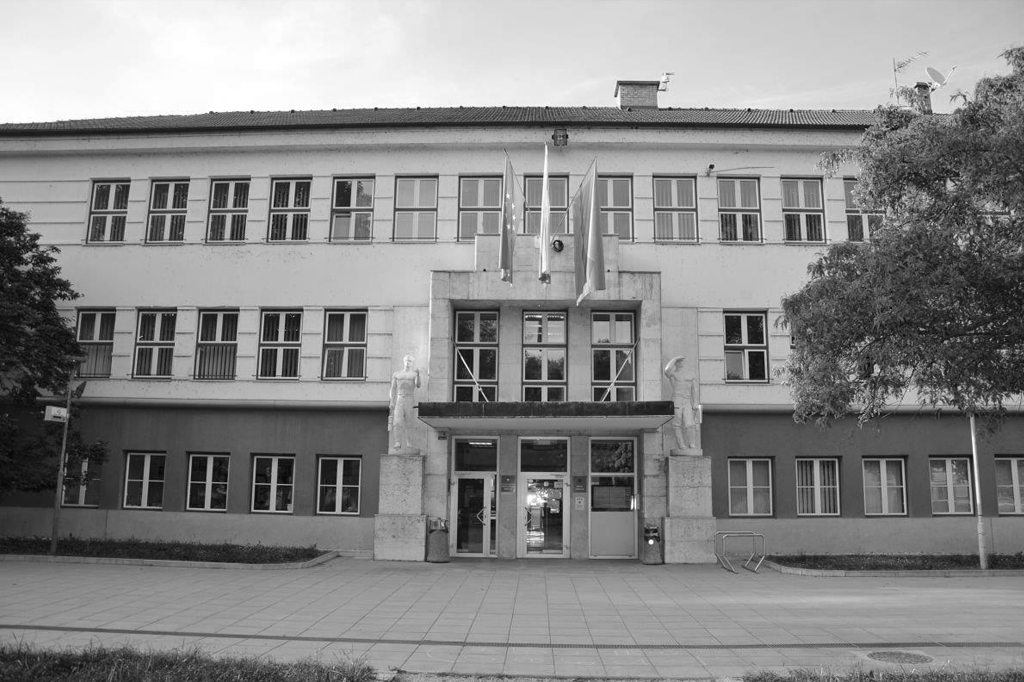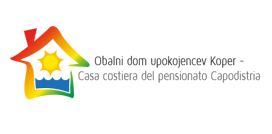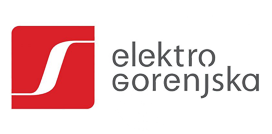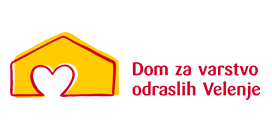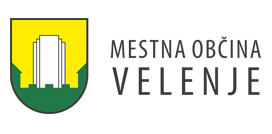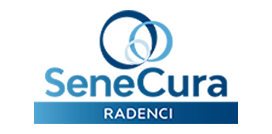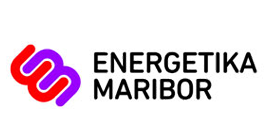Best practises
Municipality of Trbovlje
Achieving energy efficiency in a simple, quick and cost-competitive way.
Using advanced software solution and its own controllers, AMIBIT Energy Information System enabled the Municipality of Trbovlje to automate energy bookkeeping and thus optimize the entry, reporting and control over the consumption of energy costs within the municipality's facilities.
| Users's segment | Municipalities, cities, communities |
| Founder | Municipality of Trbovlje |
| Year | 2018 |
| Surface | 57.8 km2 |
| Population | 17,194 |
| No. of objects | 22 |
| Services | Local government |
A challenge
Municipality of Trbovlje striving to improve energy efficiency
The Municipality of Trbovlje is well aware of the importance of energy management and effective use of energy in their premises as this is the only way to provide their citizens with greatest possible comfort at the lowest possible costs of energy services. Energy efficiency, of course, makes an important contribution to stable energy supply and reduction of greenhouse gas emissions. Plus, they must comply with the Regulation of Energy Management in the Public Sector, which requires all facilities owned by the Republic of Slovenia or self-governing local communities whose usable area covers more than 250 m2, to establish an Energy Management System. The energy management system includes the establishment and implementation of energy bookkeeping. ** With this measure, they want to address their ECO guidelines, comply with the legislation and, above all, improve the user comfort of both citizens and employees.
Preliminary analysis
Non-transparent energy consumption costs and inefficient use of energy reminded of necessary updates of the energy information system (EIS)
Preliminary results of the EIS analysis have clearly shown the key issues:
- The way of entering and reporting data in the EIS was not optimal.
- Lack of control over energy management.
- Non-optimal alarming in the energy system, which alerts both the management and the maintenance staff of particular anomalies of the system in case of irregularities.
Reasons for energy renovation
- Increasing energy costs
- Improved control
- Stricter national regulation in the field of energy efficiency
Solution
Implementation of AMIBIT energy information system
Amibit equipped the municipality with advanced technology in the field of energy management in 5 phases::
- Establishment of an automated data entry system in eis for energy bookkeeping
- Installation of amihub controllers for real-time consumer monitoring
- Establishment of automated annual reports to the ministry
- Establishment of a maintenance system ** (overview by type of devices, type of services, display of maintainers, display of locations)
- Training of clients for using eis functionalities
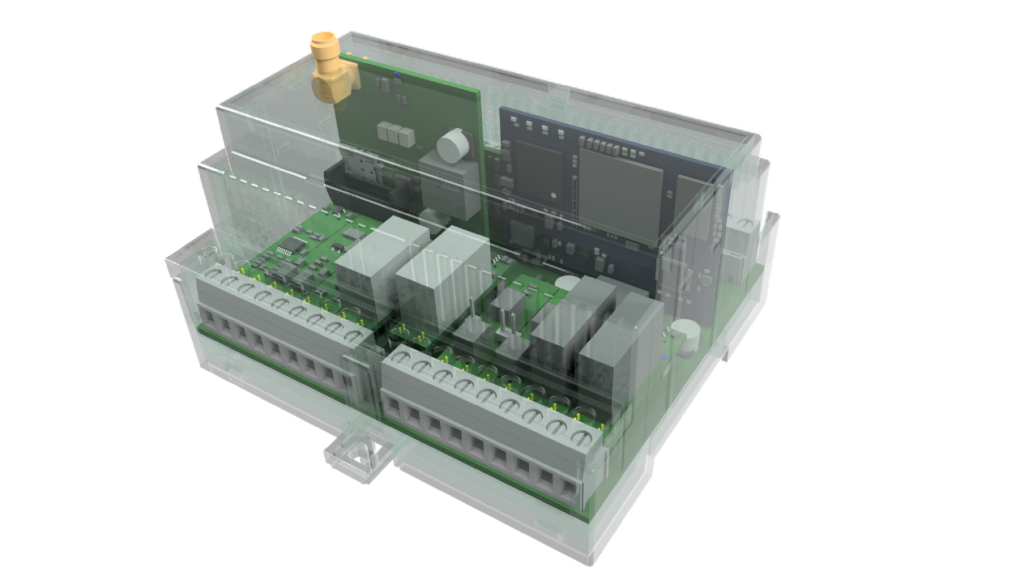
Results
Amibit improved the energy management operation in the municipality of trbovlje by implementing the eis
AMIBIT Energy Information System successfully solved the key problems in the field of energy efficiency in a SIMPLE, FAST and PRICE-COMPETITIVE way.
Amibit’s solution enabled:
- Automated data entry into energy bookkeeping and thus employees saving time using the EIS.
- Up-to-date and automated monitoring / reporting of energy consumption and costs by individual energy / period of time.
- Targeted energy consumption monitoring and financial planning (cusum).
- Automated exports for the needs of reports on investment projects.
- Monitoring the operation of the energy system, which alerts both management and maintenance of individual system anomalies (leaking water, switching off the heating oven, etc.).
- Alarming in case of irregularities.
- Compliance with national regulation after introduction of the eis for public buildings.
KEY SUCCESS
%
energy costs reduced
€
reduction of costs
+ MWh
energy savings
tons
less CO2 emissions
